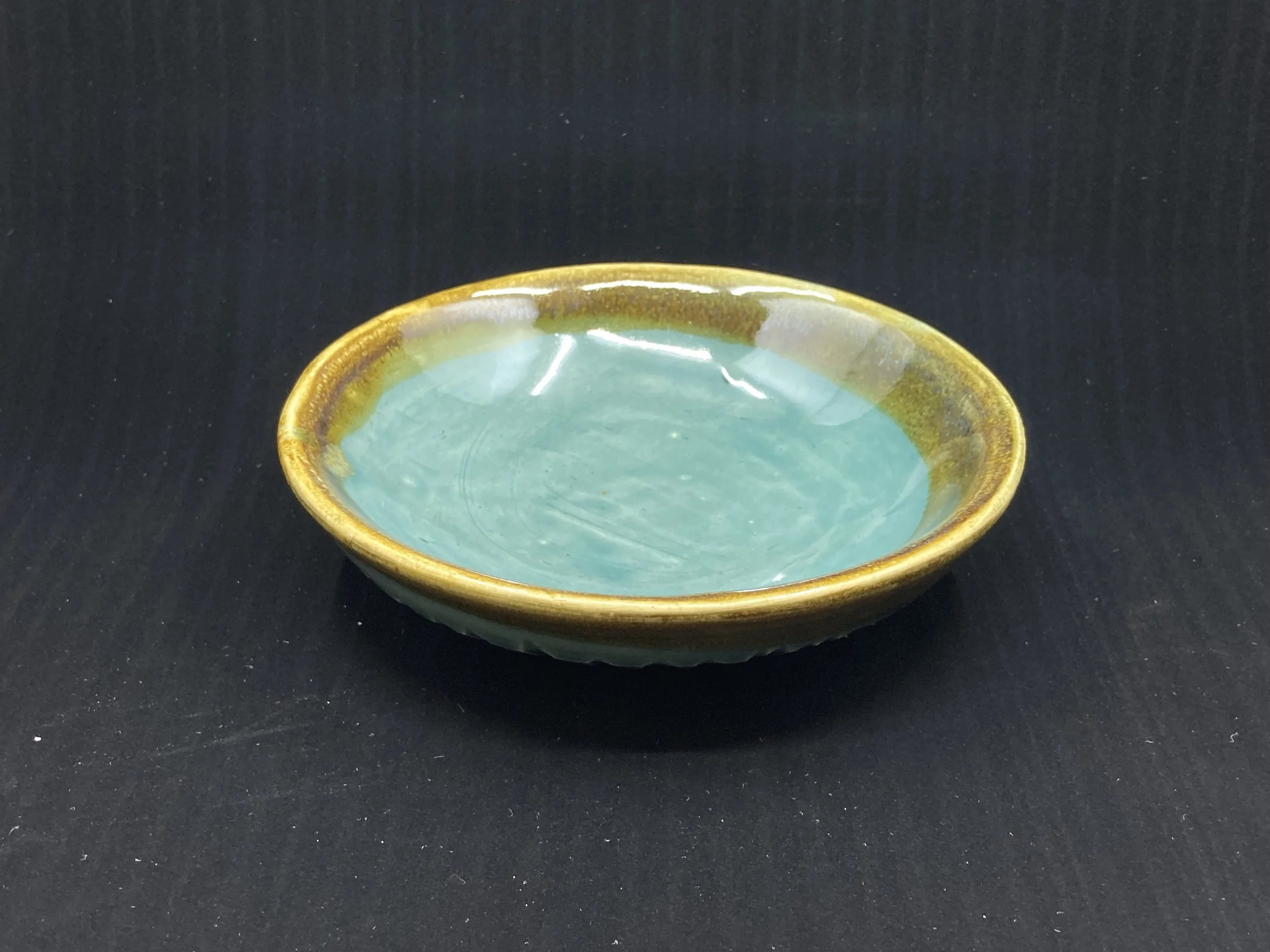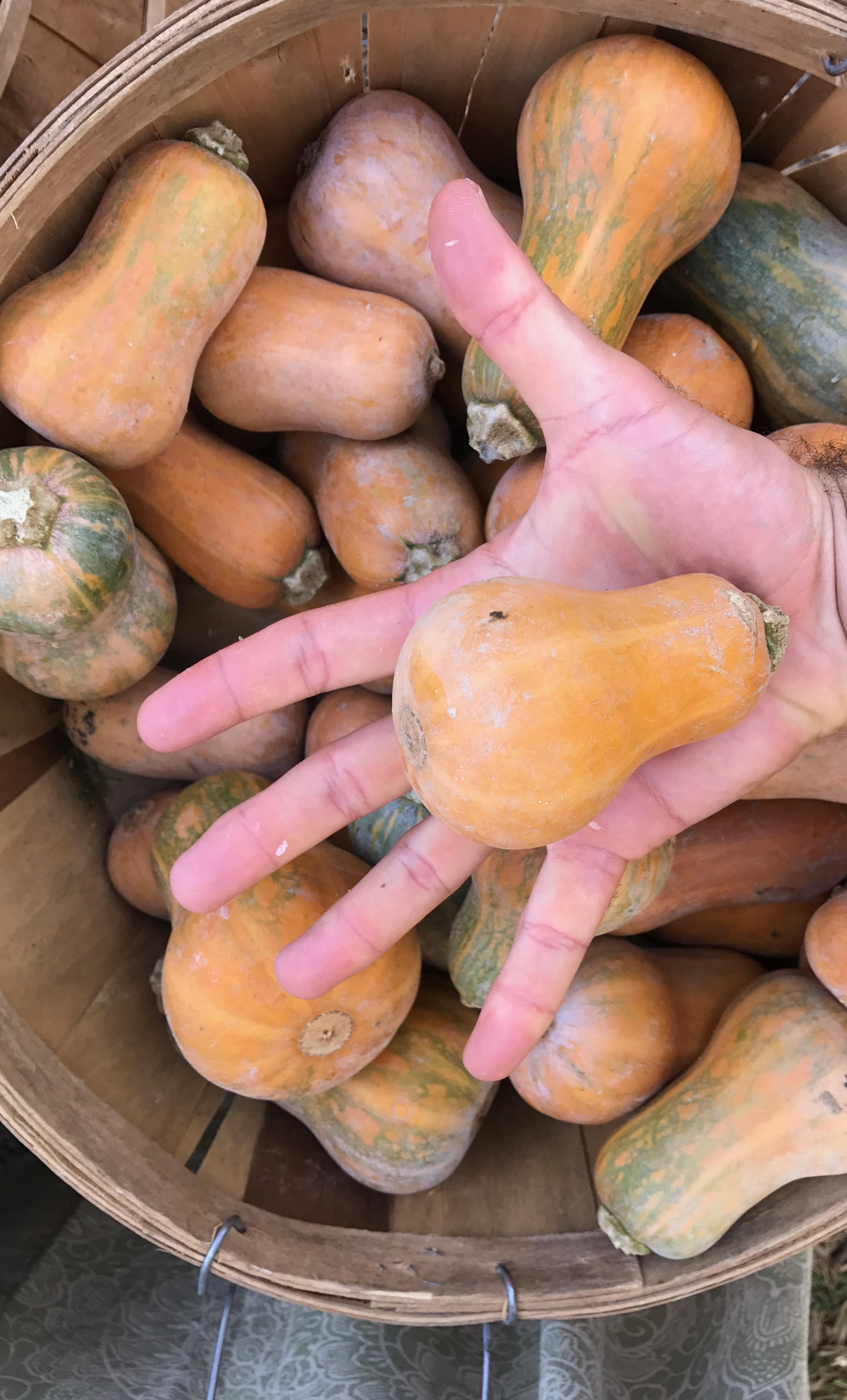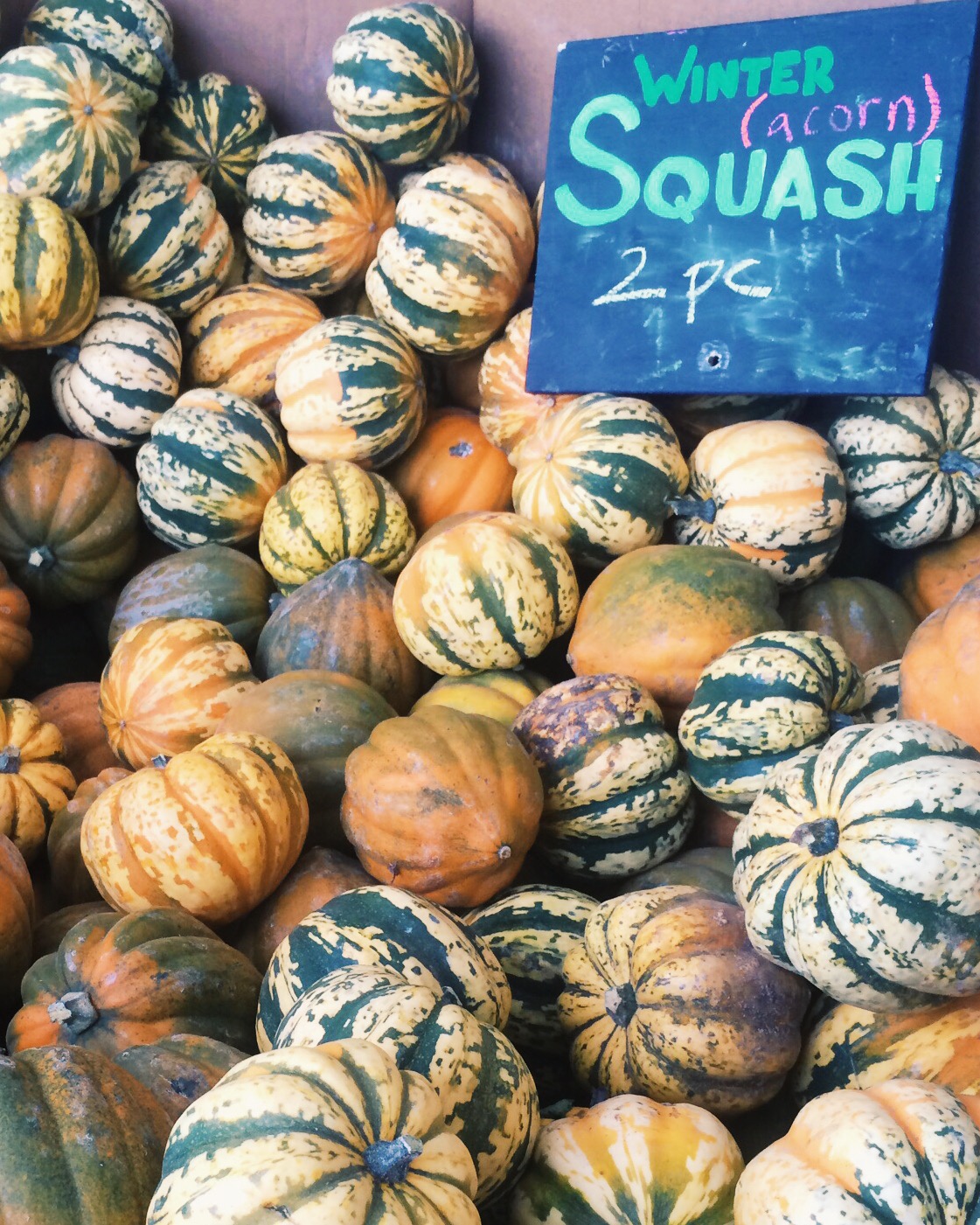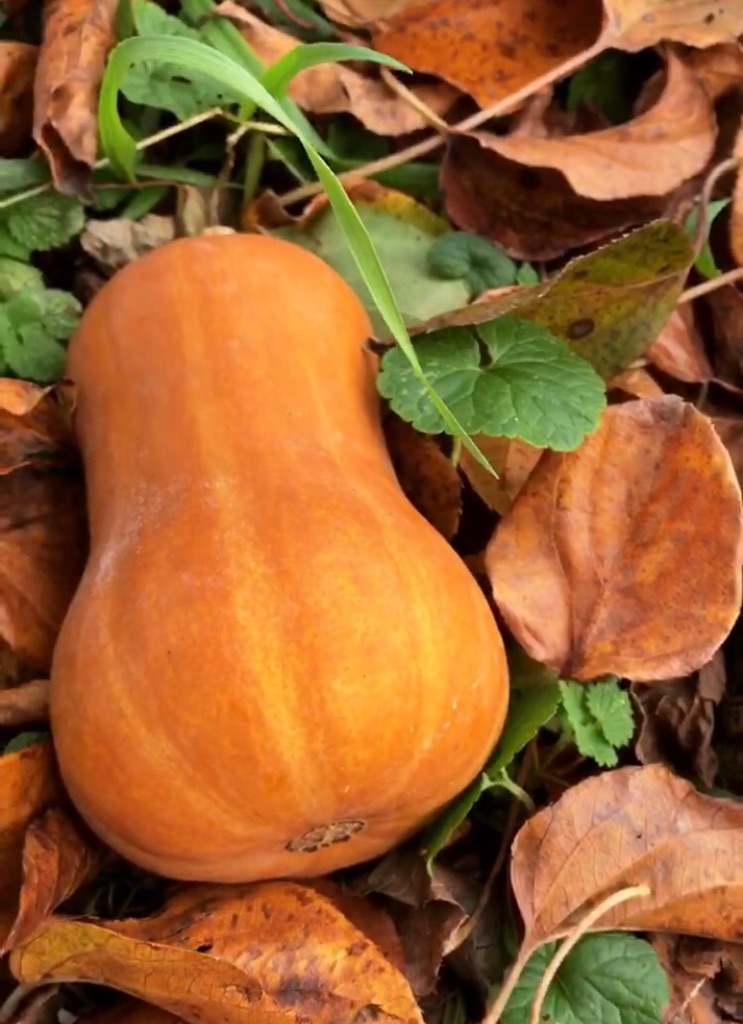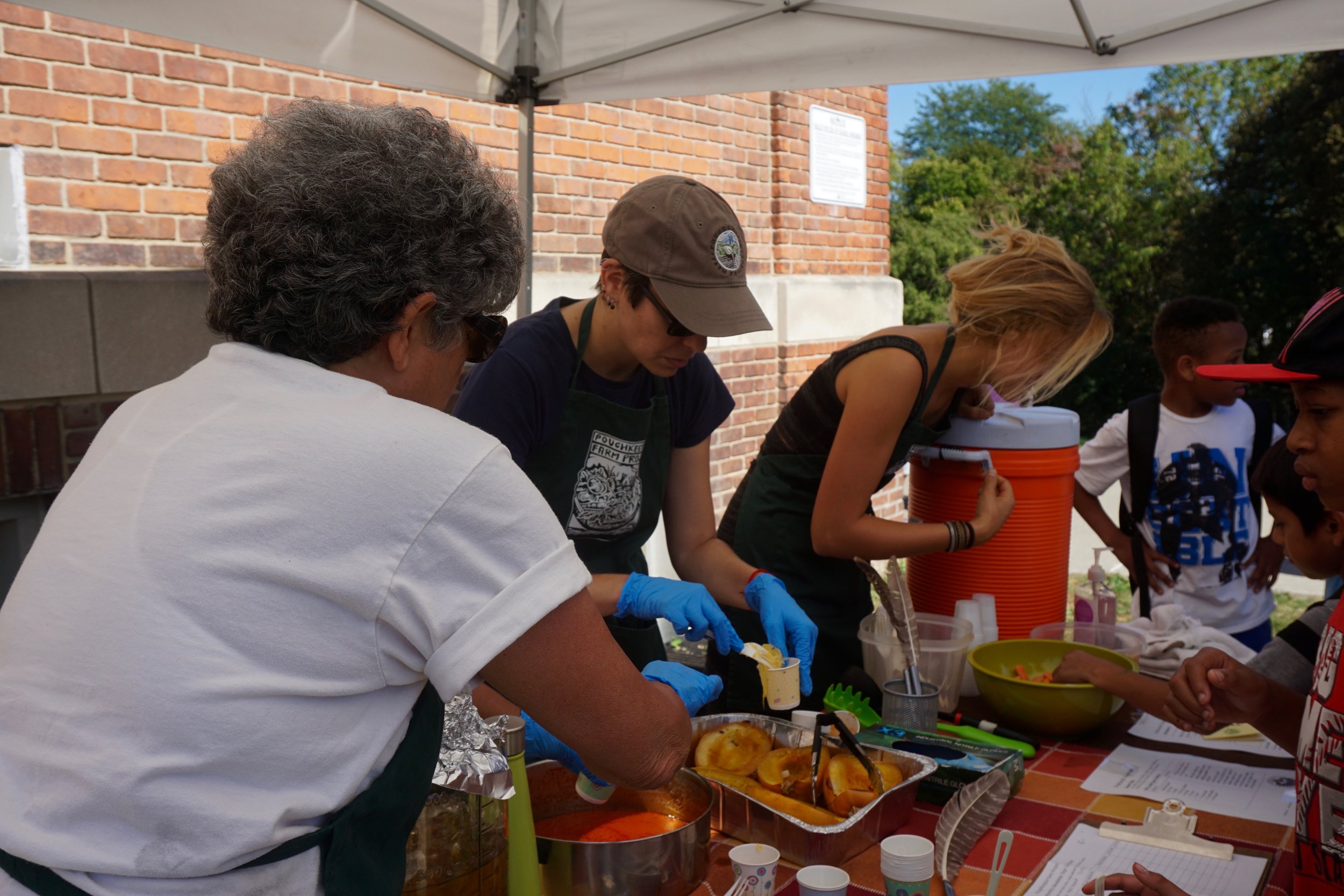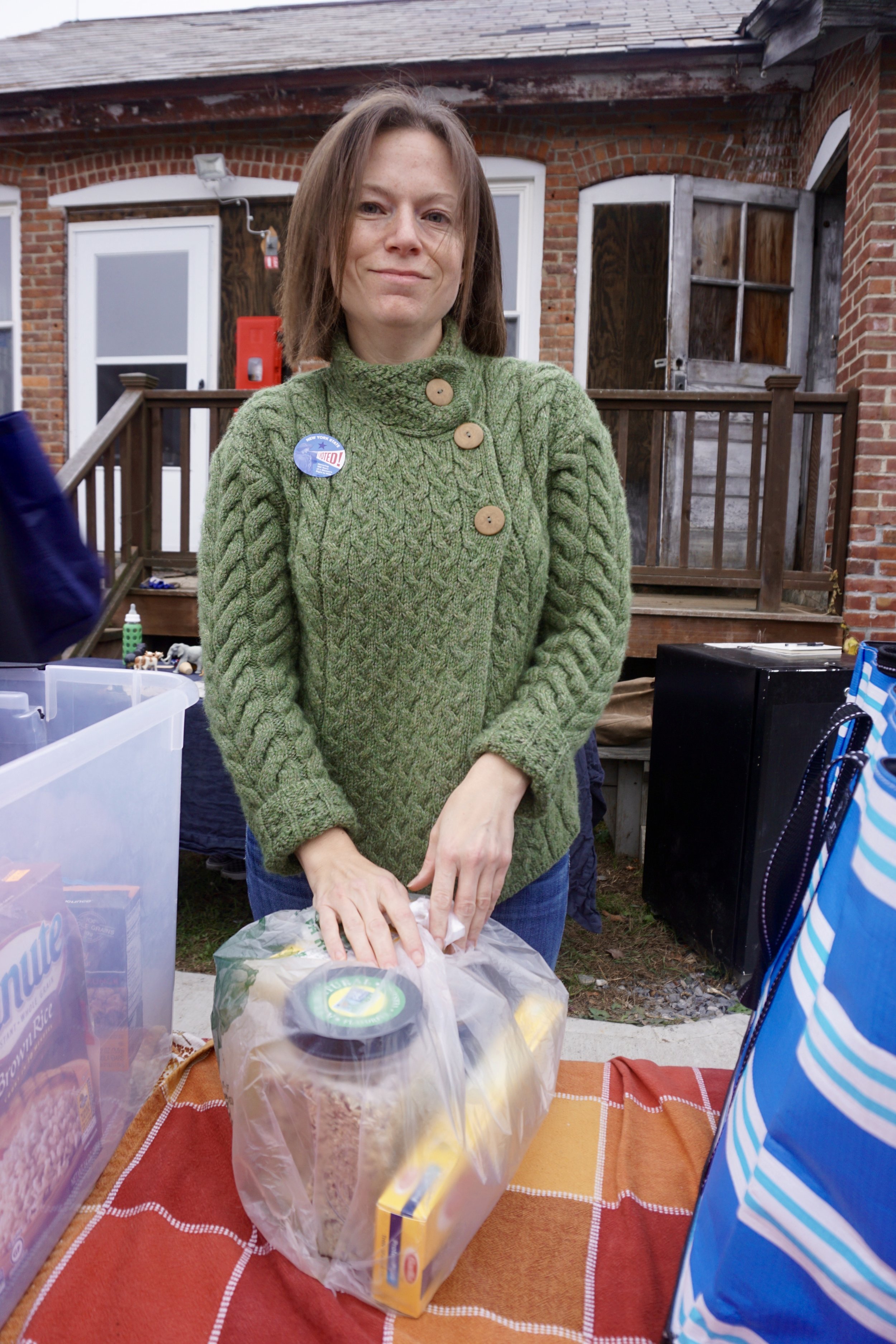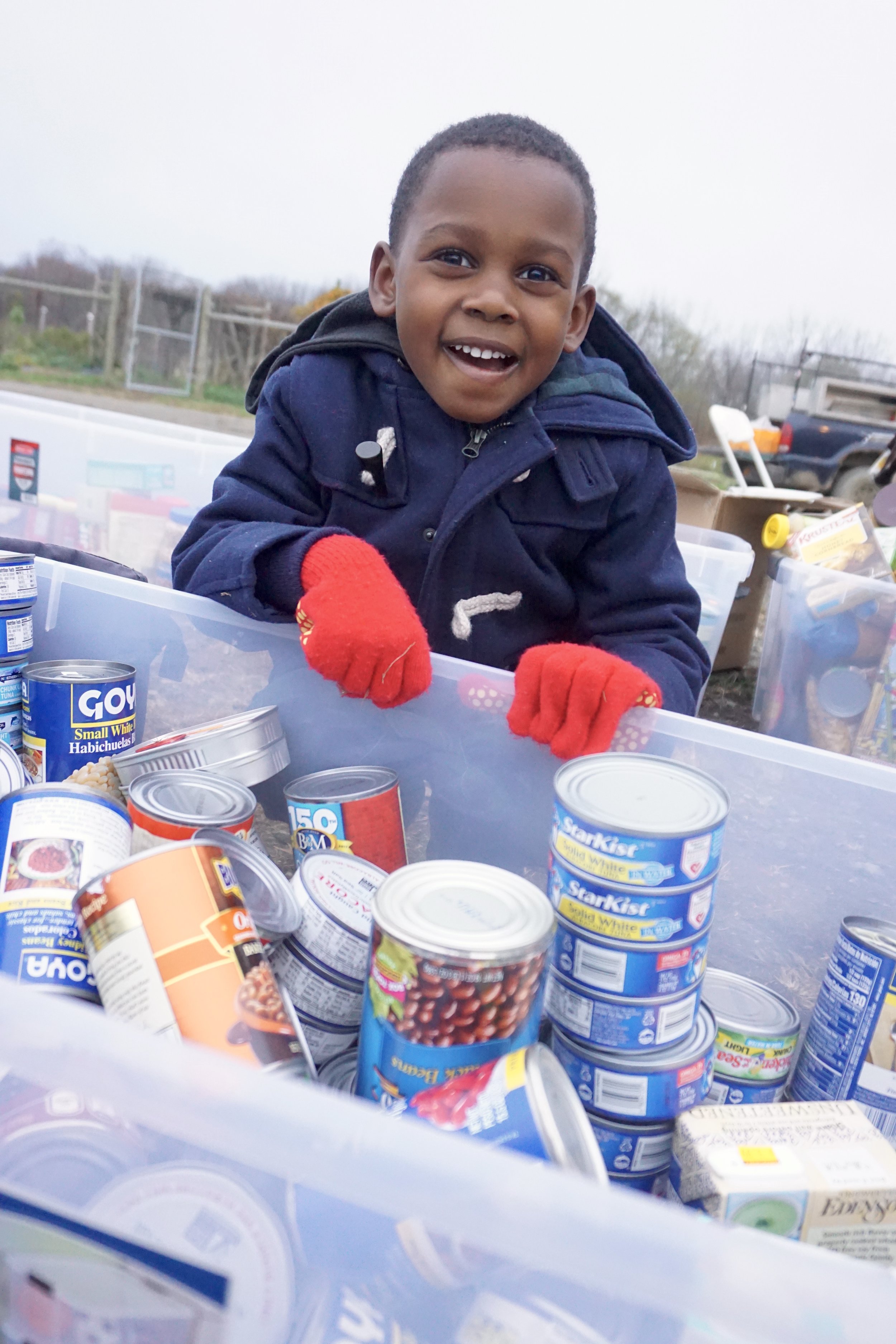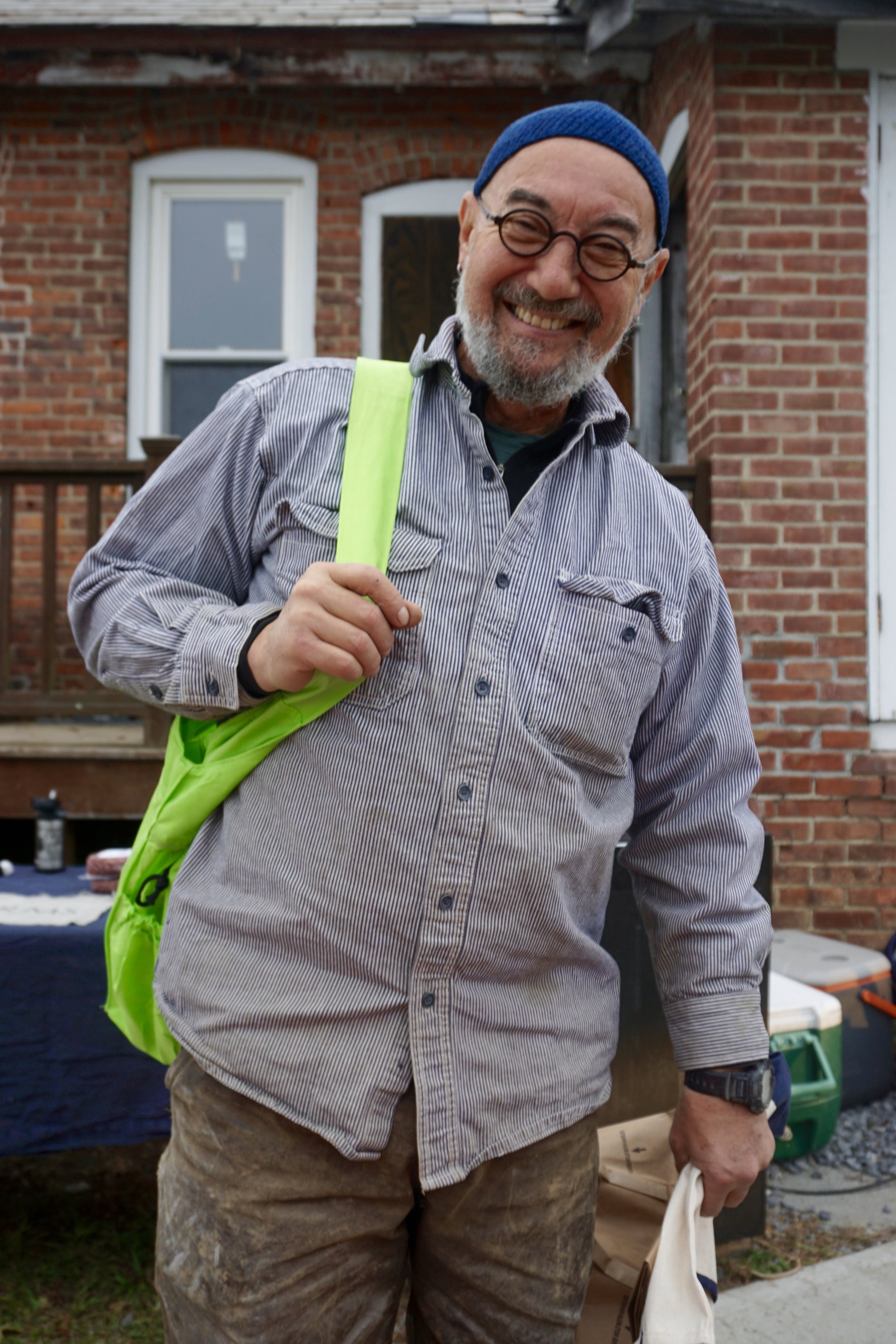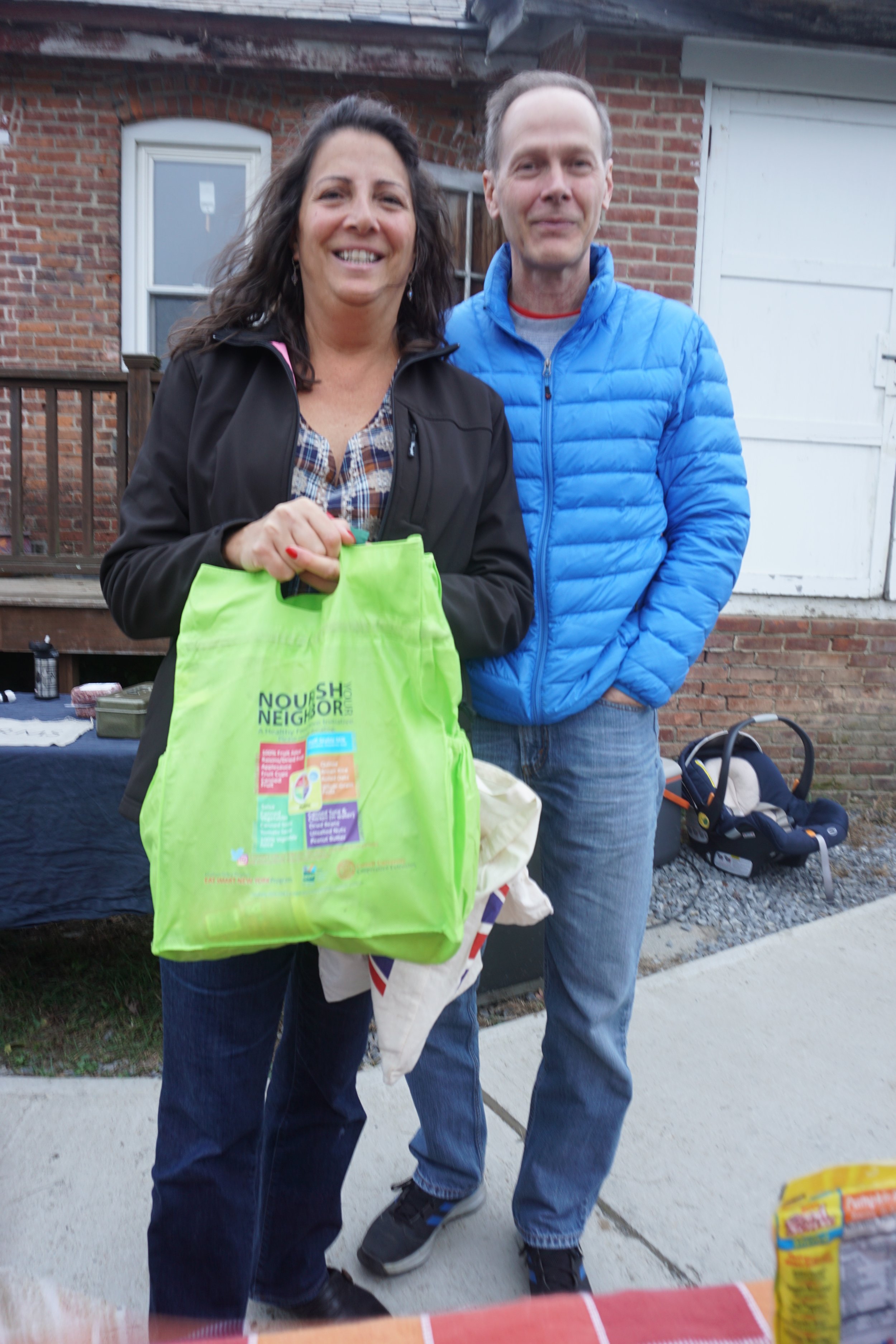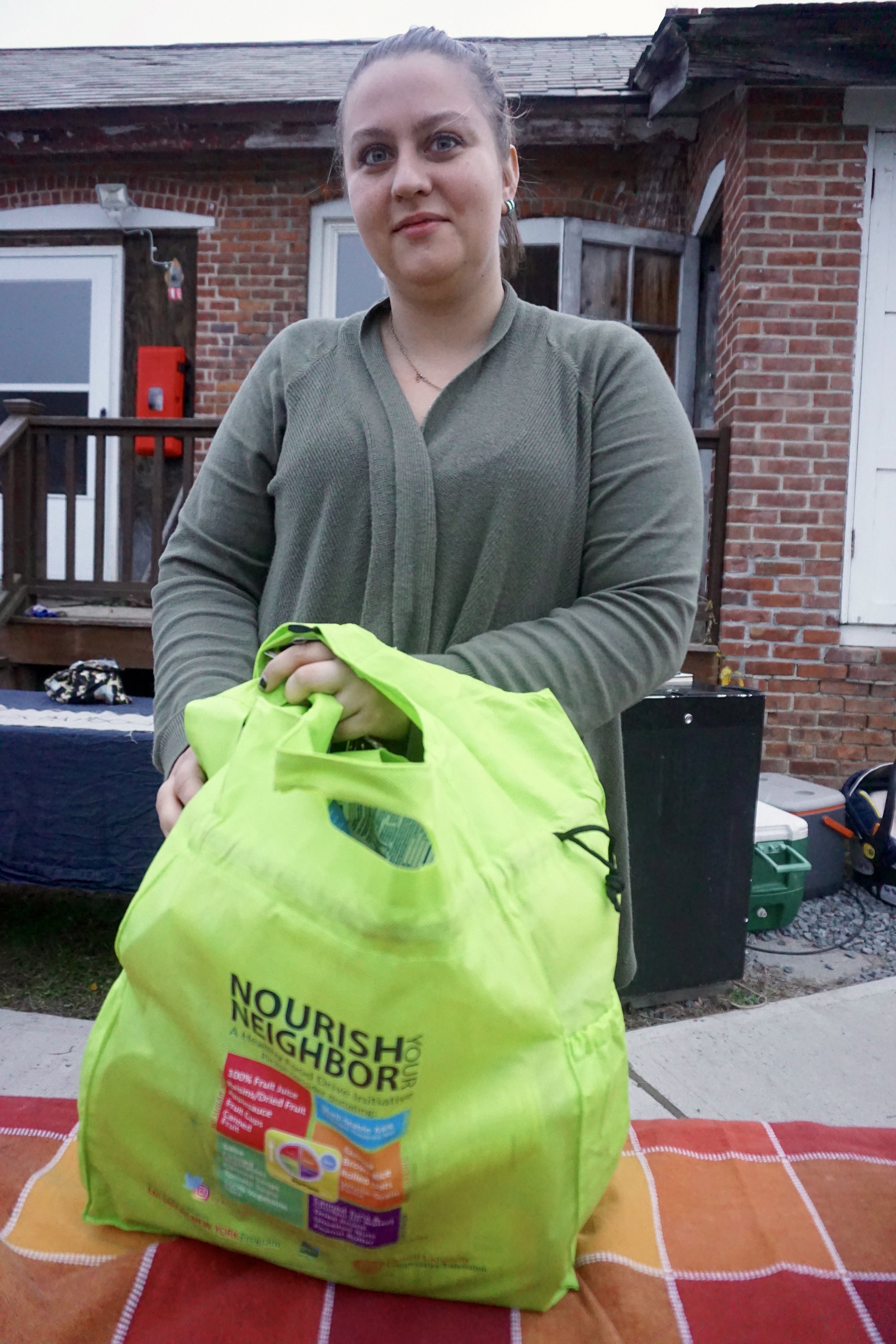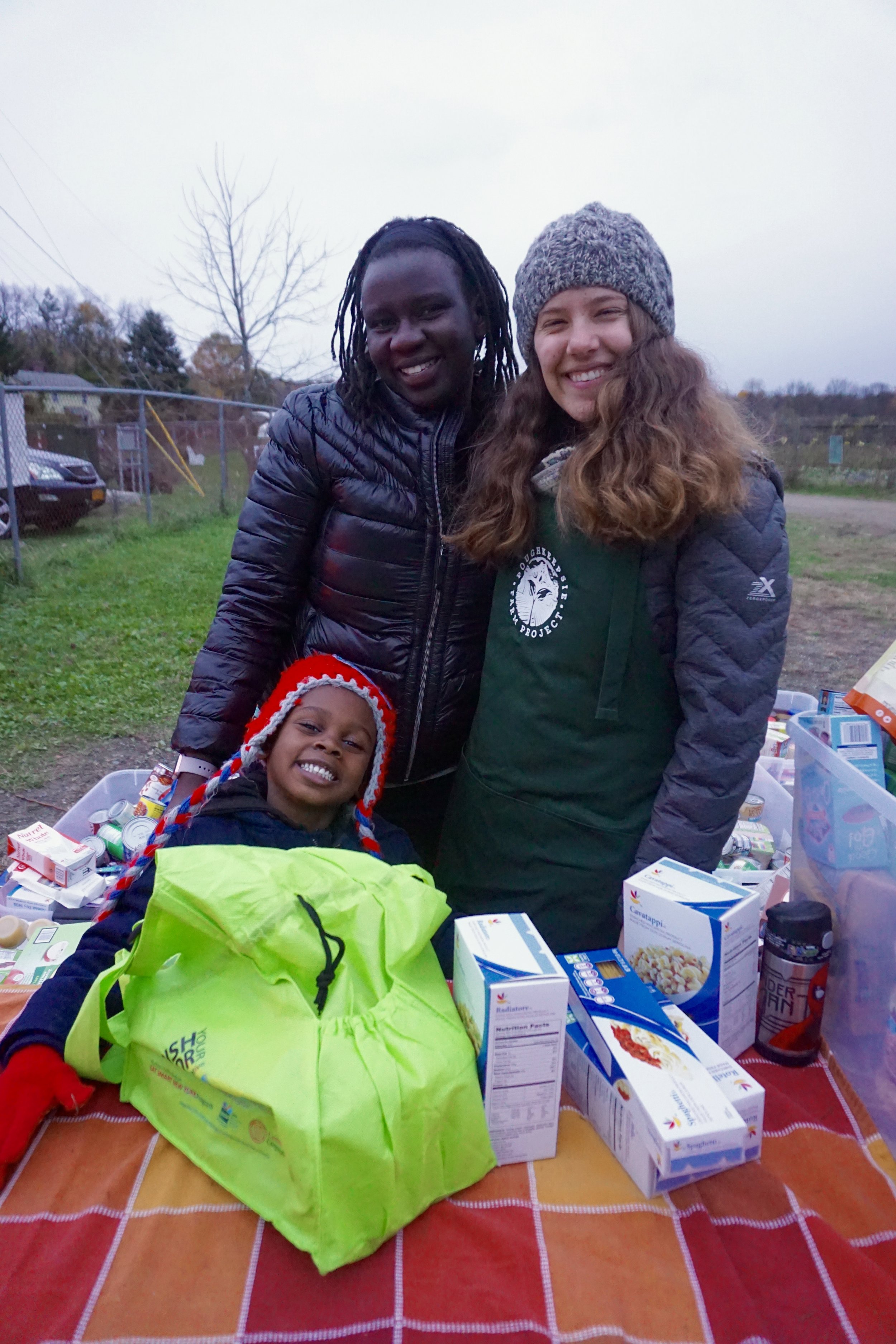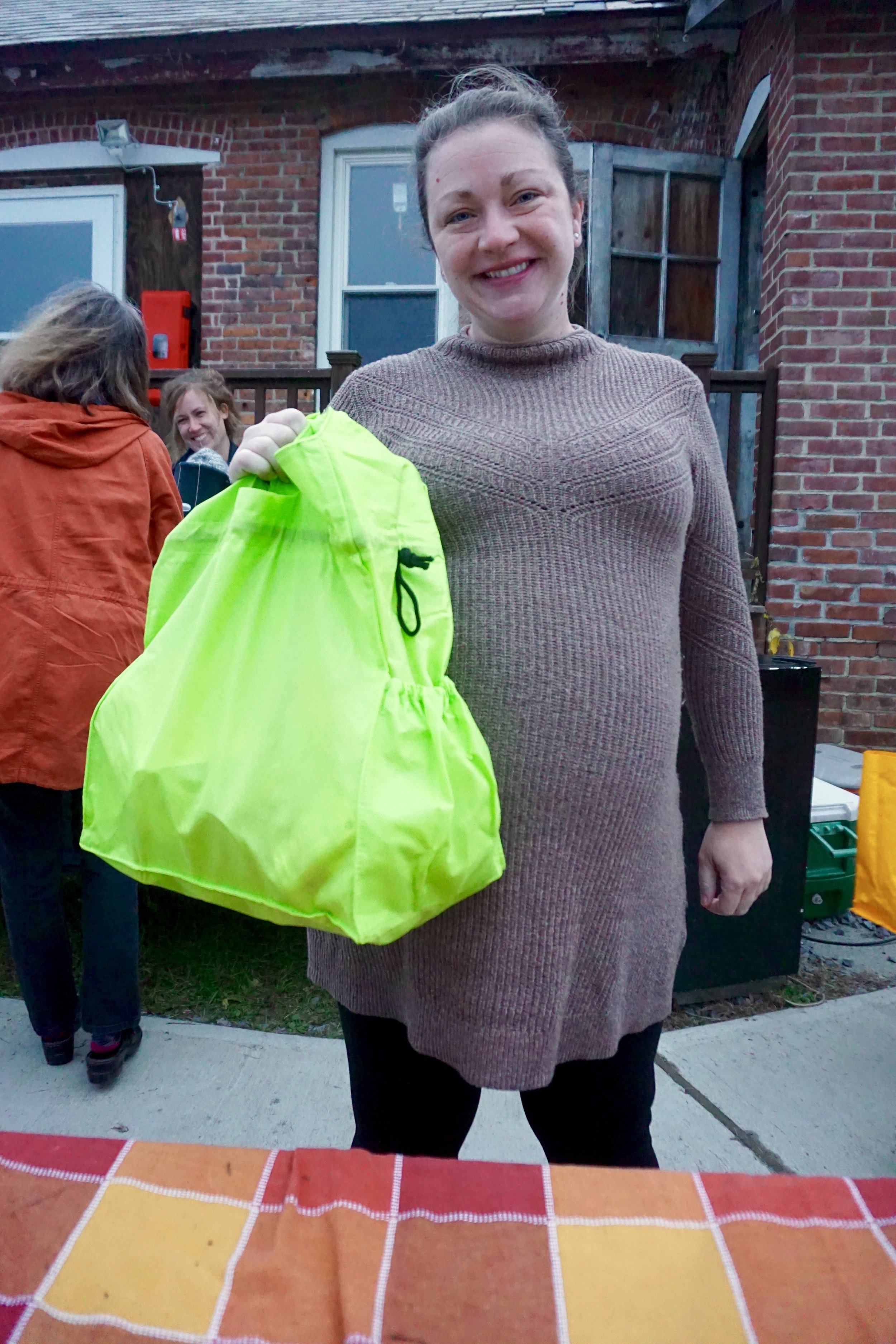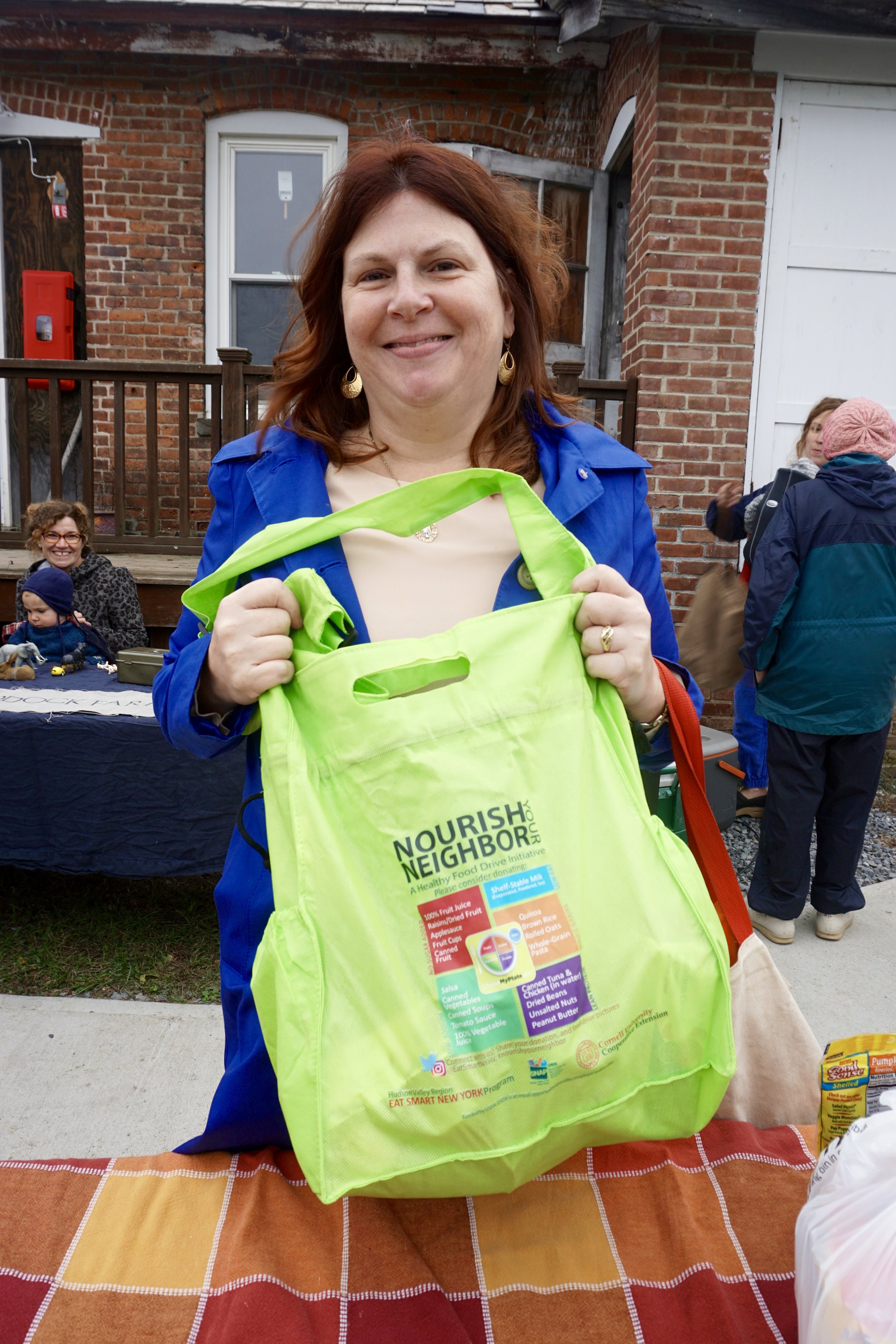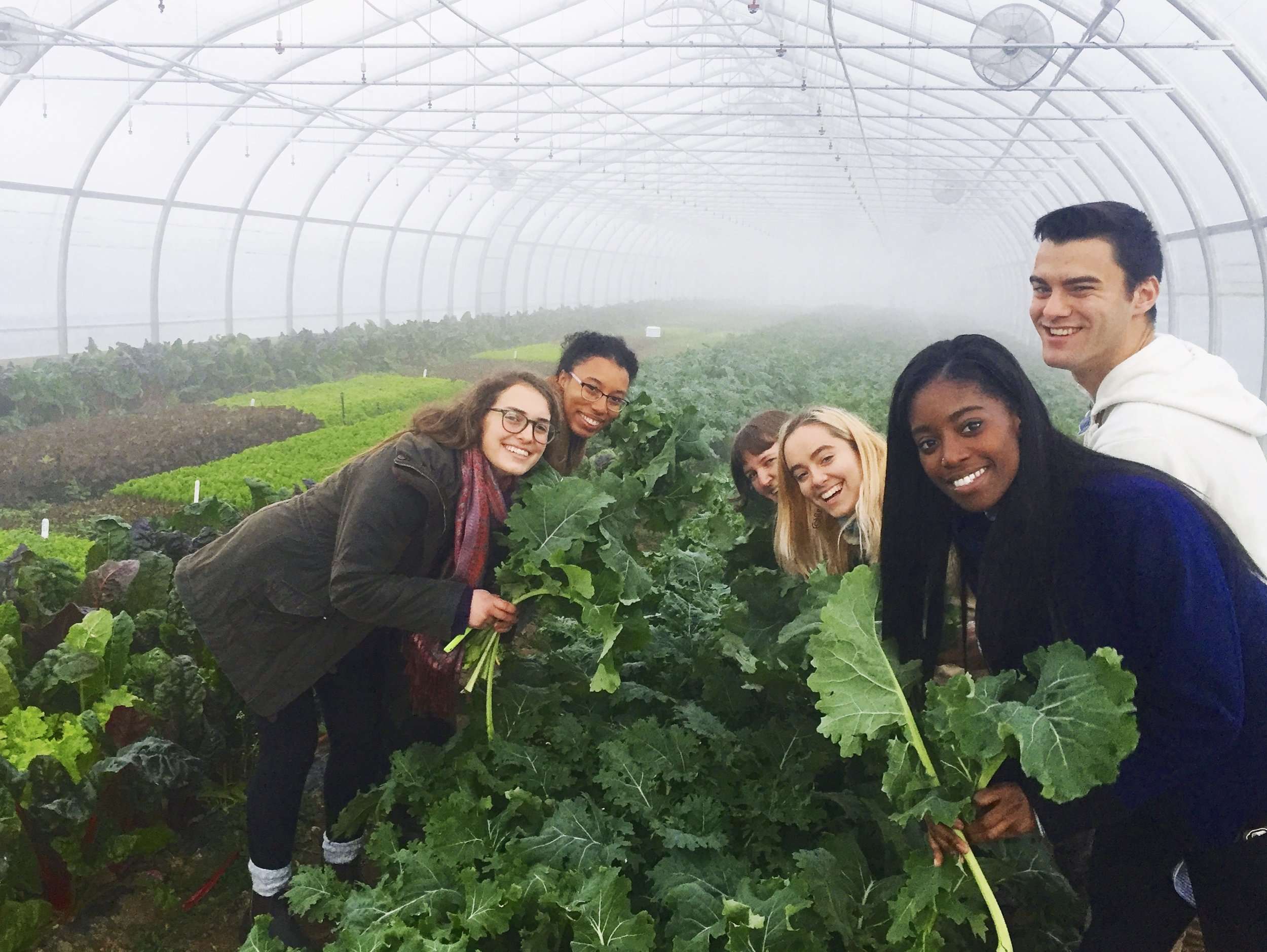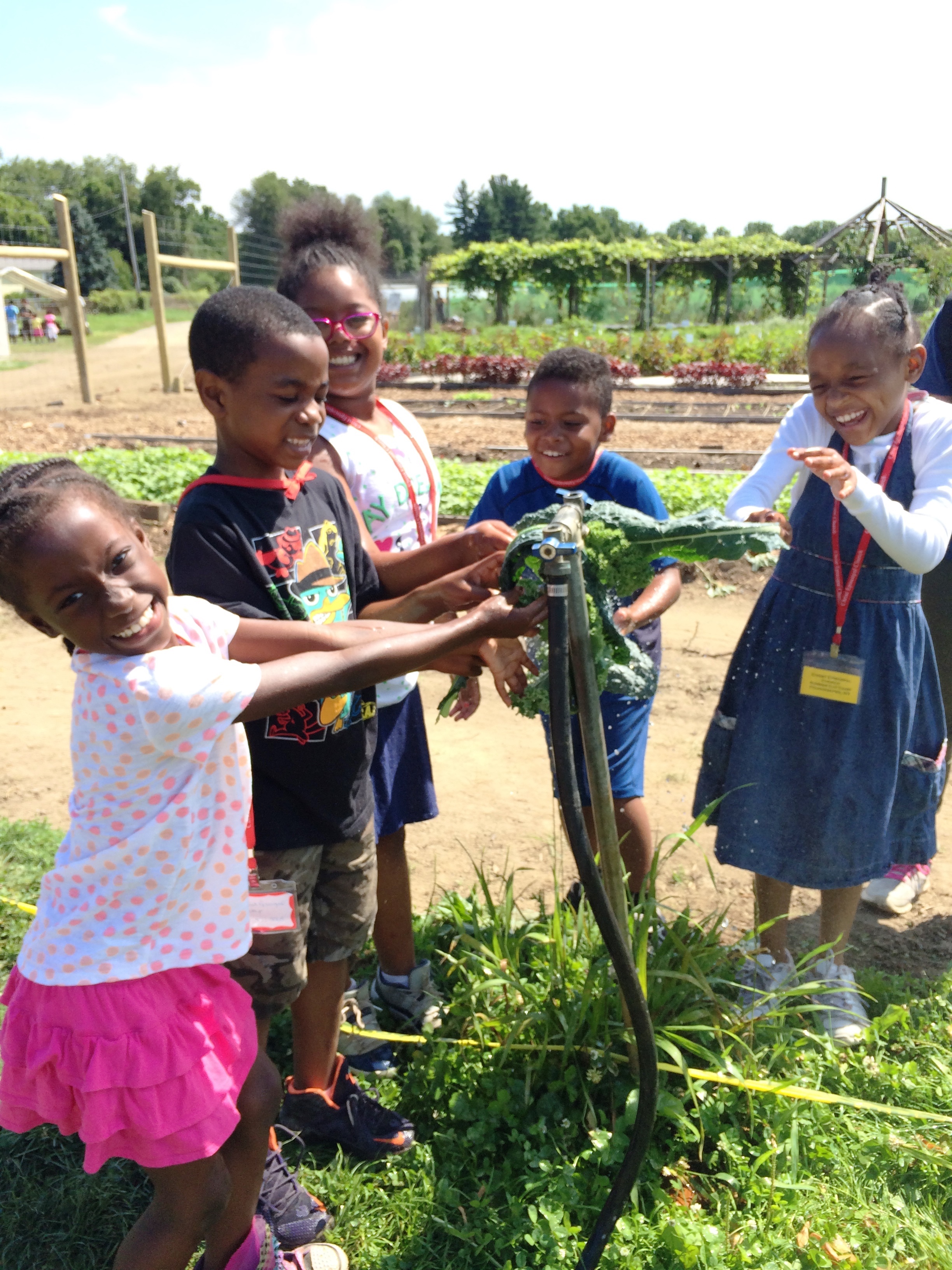By Eilif Ronning, PFP MEdia Intern.
All photos by Eilif Ronning!
The second Herbal Home Remedies Workshop with Poughkeepsie Farm Project’s resident herbalist Beatrix Clarke focused on creating healing salves and lip balms using garden herbs. The benefits of herbs are remarkable and the salves made from them are great for any number of ailments.
The two different salves made during the workshop were based on comfrey and calendula. Comfrey is good for your underlying tissue and well as your skin. However, it is should not be used on cuts or infections as it will cause the skin to repair in a tight knit, which could trap infections under the skin. Calendula, on the other hand, is good for cuts as well as sunburns and inflammation. It can also be used to help treat warts, and is generally beneficial for the skin.
The first step to both processes is to make an oil infused with the herbs.
Above: Pre-prepared jars of comfrey and calendula infused oils
Above: Beatrix Clarke explaining the beneficial properties of calendula salve
The calendula flower is an easy plant to grow in most gardens. Its bright yellow flowers are easily recognizable and apart from being just plain pretty, the flower has many healing properties. The sticky resin found at the base of the flower is what is responsible for these properties. To make this salve, the first step is to prepare calendula infused oil. Beatrix explained to the workshop participants the simple steps to this process. First, dry the calendula flowers either in a dehydrator or in an oven with the pilot light on. It is important to fully dry the flowers to ensure that they don’t mold when steeping in the oil. Second, fill a glass jar three quarters of the way with dried flowers and combine them with extra virgin olive oil, leaving some room at the top for the flowers to expand as they absorb some of the oil. Third, leave this to sit for 4-6 weeks. Finally, once the oil has been infused, strain the flowers out of the oil using a cheesecloth – and there you have it, your homemade calendula infused oil!
Above: filtering the calendula flowers out of the infused oil in preparation for the salve-making
Above: Workshop participants avidly listening to Beatrix’s salve making instructions
Comfrey is also a fairly common herb that possesses healing properties, however, the process for creating this oil is quite different. Firstly, the comfrey plant should be used fresh to ensure the mucilaginous plant juice in the main arteries of the leaves infuses into the oil. To make the oil, fill crockpot 3/4 full with comfrey plant material and top with olive oil to cover by one inch. Over the next seven days, heat the leaves and oil on low heat for two hours each day. After heating for the two hours, allow the mixture to cool down again, wiping the moisture from the lid after each time. When the seven-day process is completed, strain the leaves out of the oil using a cheesecloth until you get your final product!
Above: cheese cloth being cut to filter the infused oils
Once the oils are made, the rest of the process is very straight-forward. There are three components to the salve: infused oil (calendula or comfrey), beeswax, and essential oils. In a mini crockpot or something similar, melt the bee’s wax – simultaneously warm the infused oil, in the workshop Beatrix did this “bain-marie” style.
Above: Beatrix’s salve-making set up.
Once melted and warm, combine 2 oz of beeswax per 8 oz of oil – it is important that the oil is warm enough to ensure the bee’s wax does not re-solidify immediately.
Above: melted bee’s wax being combined with the infused calendula oil
Once combined, carefully pour the mixture into your container. Add 20 drops of an essential oil of your choice per 1oz of salve and gently stir using a toothpick or something similar to ensure the essential oil gets mixed in. Then label your salve and allow it to set.
Above: Comfrey salve being poured into a container
The same should be done for a lip balm, however the ratio is 5 oz of calendula oil to 2 oz beeswax. Also, since the tubes are quite small it is easier to add the essential oil to the mixture prior to pouring. Add 56 drops of the essential oil of your choice to the mixture before pipetting it into a lip balm tube.
Above: workshop participants filling their lip balm tubes with the calendula infused oil, beeswax and peppermint essential oil mixture
Above: Beatrix topping off some of the lip balms
Above: close-up of pipetting the lip balm into their containers
And there you have it - your very own homemade salve! Though these are just two types of salves, there are countless herbs that have incredible properties that can be beneficial for any number of ailments.
Beatrix is amazingly well-versed in herbs! If you want to learn more, and get a glimpse into the magic of herbs, stay tuned for our 2018 herbal workshop series!
Above: a workshop participants notes on herbs and the salve making process





